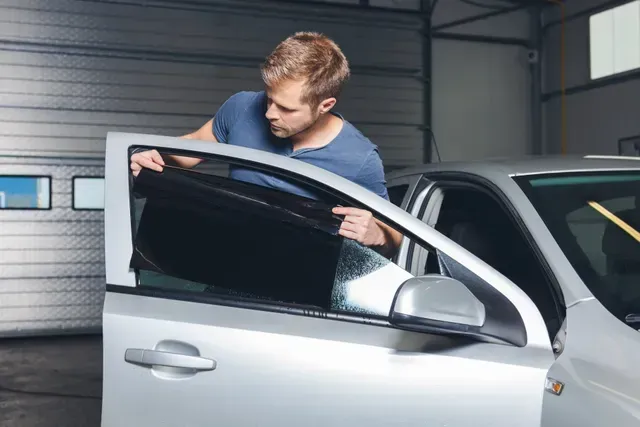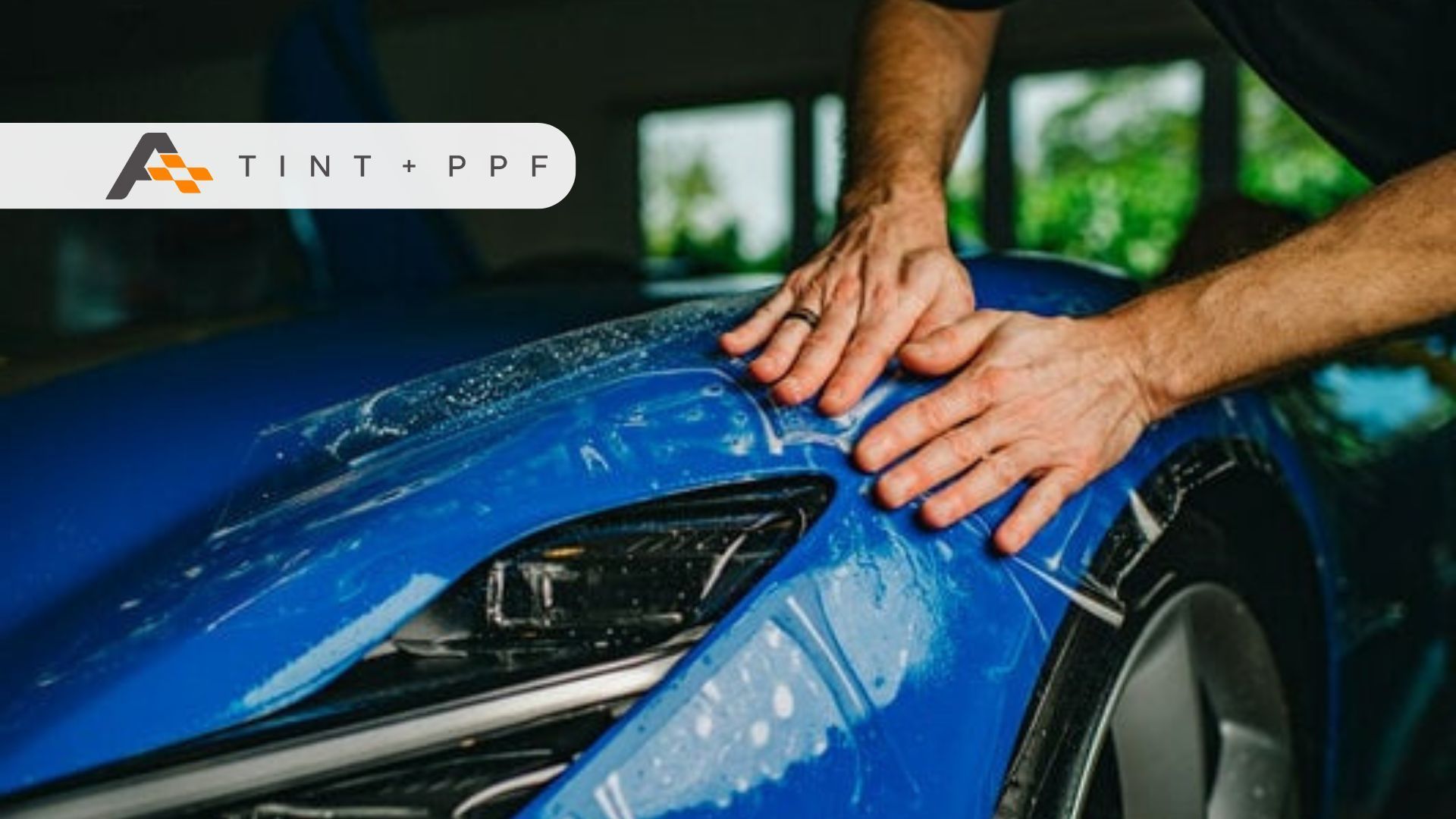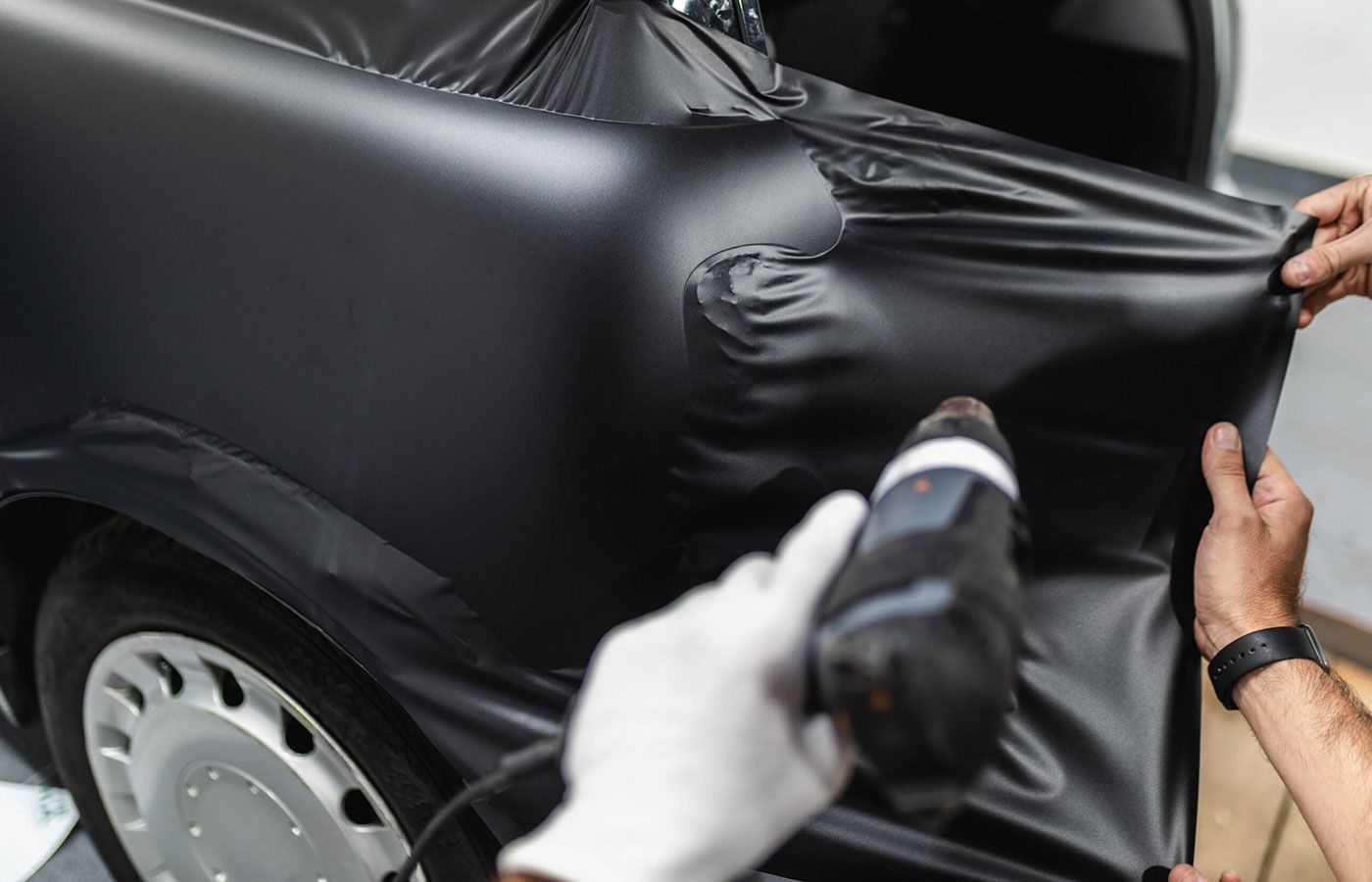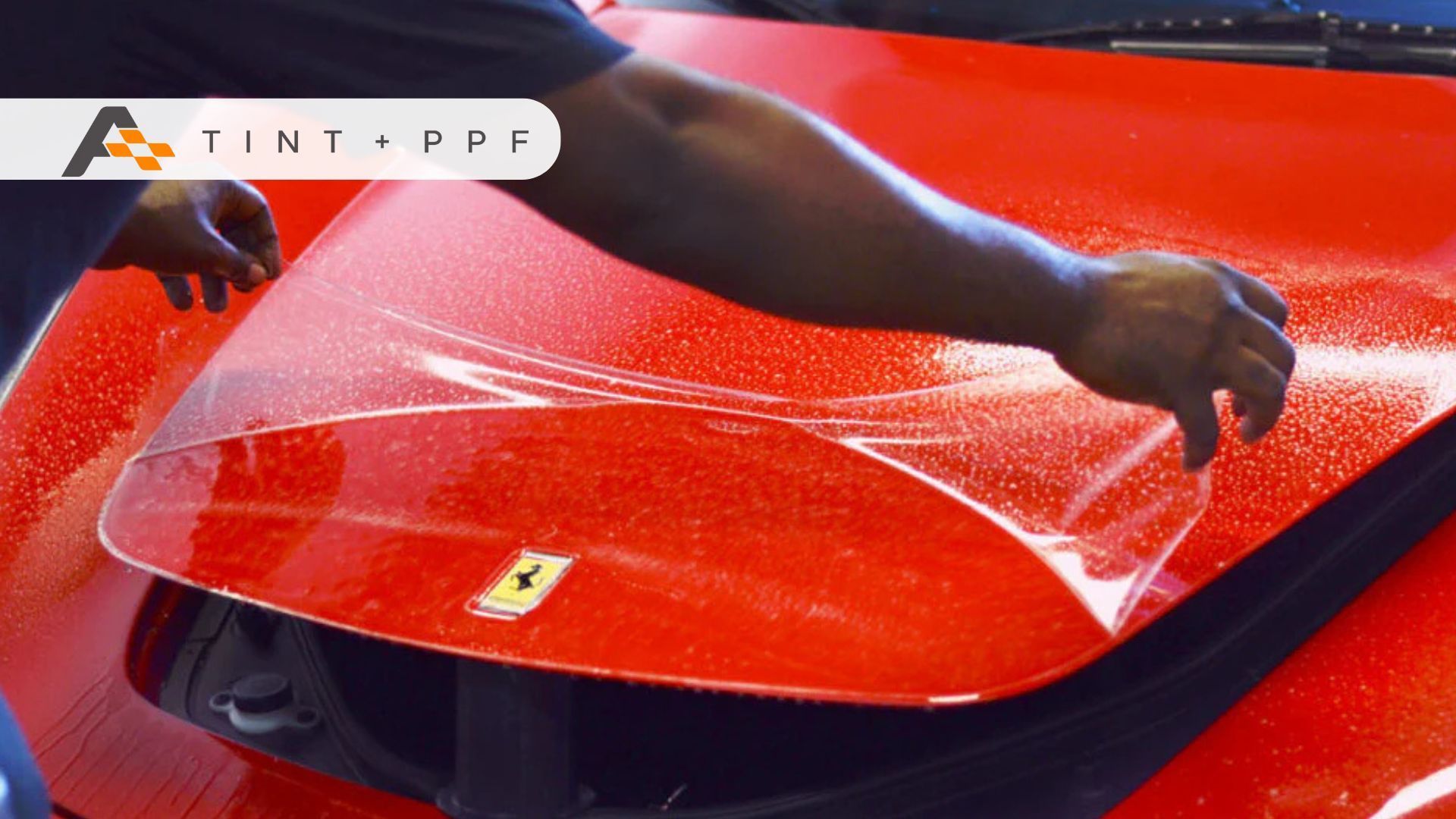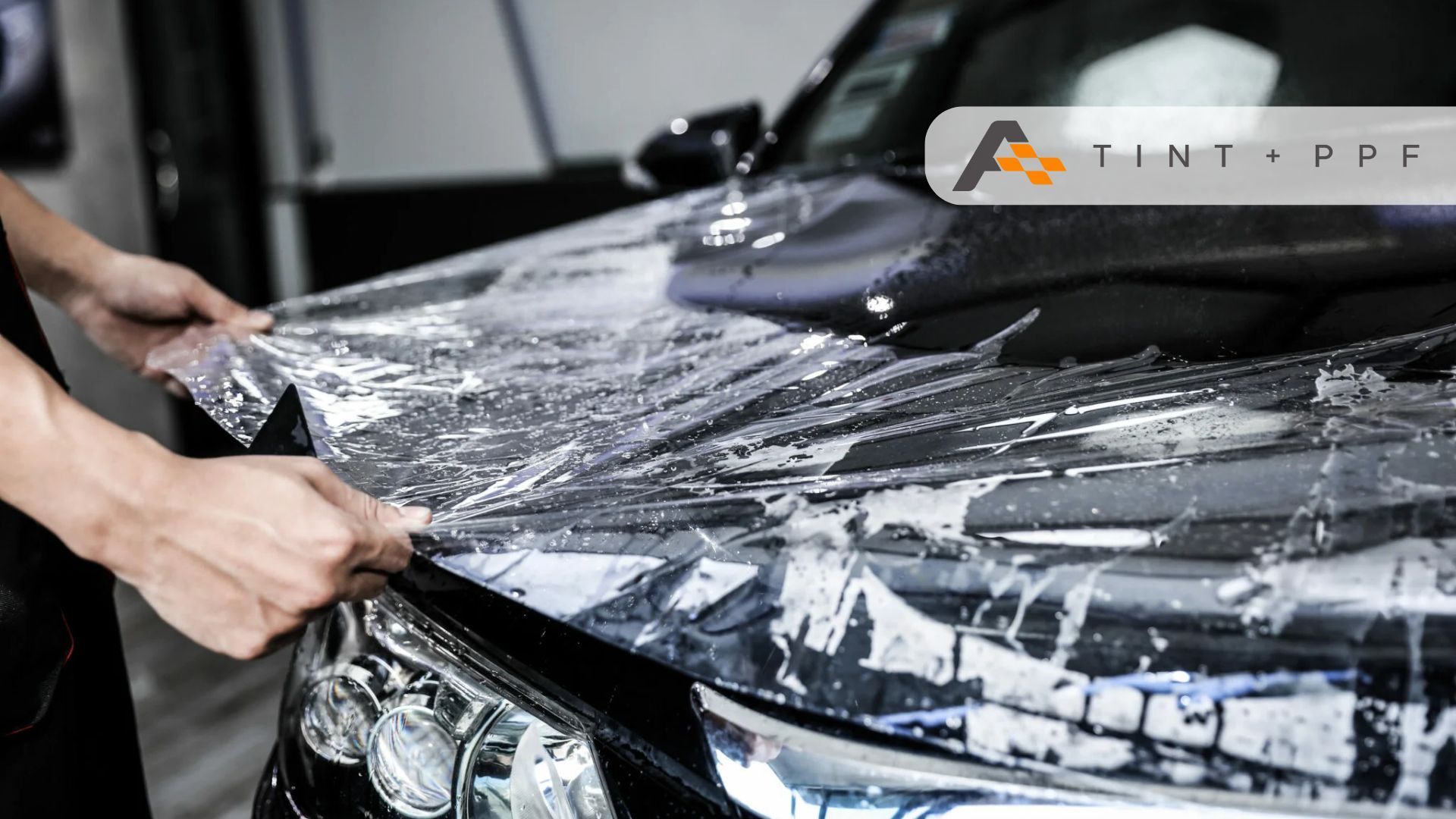How Ceramic Coating Works & What It's Made Of: A Guide for Forest Hill, MD Drivers
Let’s be honest—driving in Maryland can be tough on your vehicle’s paint. Between the salty roads in winter, sticky tree sap in spring, and humid summers that seem to bake everything under the sun, it doesn’t take long for your car’s shine to fade. Add in the daily grind of commuting around Baltimore, Annapolis, or the D.C. corridor, and you’ve got a recipe for a dull, worn-out finish.
That’s where ceramic coating comes in.
Think of it as an invisible armor that bonds to your vehicle’s paint and helps it stay cleaner, shinier, and better protected against the everyday wear and tear of Maryland roads. Here at
A-Plus Tint, we’ve seen firsthand how much of a difference a proper
ceramic coating application can make—not just in how a car looks, but in how easy it is to maintain and how well it holds up through every season.
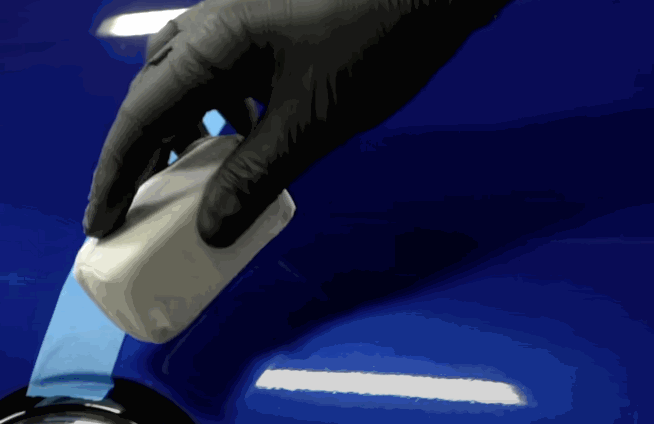
What Is Ceramic Coating Made Of? (Ceramic Coating Composition Explained)
Let’s break it down without going too deep into the science.
The core ingredient in most high-quality ceramic coatings is silicon dioxide (SiO₂)—the same stuff found in glass and sand. Some advanced formulas also include titanium dioxide (TiO₂) for added strength and UV protection. When applied to your car, these materials form a nanoscopic, transparent layer that chemically bonds to the surface of your clear coat.
This layer doesn’t just sit on top like wax or sealants—it integrates at a molecular level to create:
- Hydrophobic properties, meaning water, dirt, and grime slide off easily.
- UV resistance, reducing sun-related oxidation and fading.
- Chemical resistance, protecting against bird droppings, acid rain, and salt spray from winter roads.
One common myth we hear a lot in Maryland is that ceramic coating is “just another wax.” It’s not. While wax typically lasts a few weeks, ceramic coating lasts for years with proper care—and the protection it offers goes far beyond what a wax or sealant could ever provide.
How Ceramic Coating Works on Your Car’s Surface
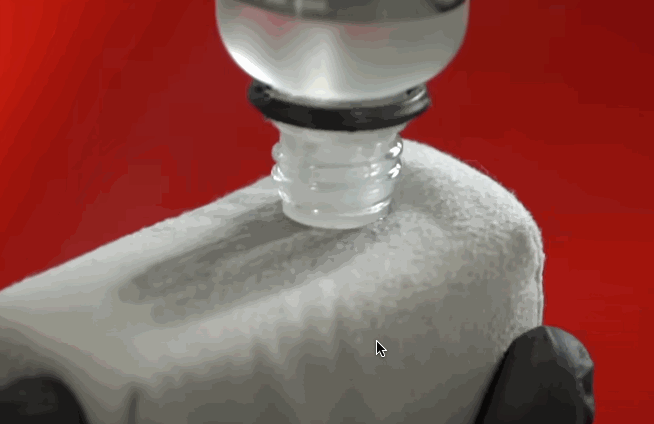
So how exactly does ceramic coating protect your vehicle?
Step-by-Step: The Bonding Process
- Surface Prep – First, your car’s paint is meticulously washed and decontaminated. Any imperfections are removed through paint correction, ensuring the coating bonds to a flawless surface.
- Application – The ceramic coating is carefully applied by hand. Once it contacts the clear coat, a chemical reaction occurs.
- Bonding – The SiO₂ molecules create a cross-linked network over your car’s paint, forming a semi-permanent shield that bonds to the surface at the molecular level.
- Curing – After application, the coating cures for several hours (sometimes longer, depending on the formula and environment), forming a rock-solid, ultra-slick finish.
What Happens at the Microscopic Level
Under a microscope, even a brand-new paint job has pores and irregularities. Ceramic coating fills in these tiny imperfections, creating a perfectly smooth surface that repels contaminants and makes future cleaning much easier.
Why Surface Prep Matters
If there’s one thing we always stress here at A-Plus Tint, it’s that a ceramic coating is only as good as the prep work behind it. Skipping steps or rushing the process can result in poor bonding, uneven protection, and a less impressive finish. That’s why professional ceramic coating application is essential—it’s not just about slapping on a layer of product, it’s about doing it right from start to finish.
Why Ceramic Coating Matters for Maryland Drivers
If you’ve spent even one winter driving through I-95 or Route 50, you know what that salt spray does to your paint. It's not just ugly—it’s corrosive. And it doesn’t stop when the snow melts.
In residential areas like Rockville and Ellicott City, tree-lined streets offer beauty—and a constant battle with sap and bird droppings. Come summer, the sun blazes across Chesapeake Bay communities, and the UV damage? It’s real.
Ceramic coating gives Maryland drivers a fighting chance. Here's how:
- Salt resistance: That nanolayer acts as a barrier, making it harder for salt and grime to stick and easier to wash off.
- Bird dropping and sap protection: These are acidic and can etch your paint. Ceramic coating slows that reaction time, giving you more time to clean without lasting damage.
- UV defense: Think of ceramic coating as SPF for your car—preserving color, gloss, and clear coat.
- Ease of maintenance: Whether you’re parked in downtown Baltimore or under a shady tree in Annapolis, cleanup becomes a breeze.
Bottom line: ceramic coating isn’t just for show cars. It’s built for the daily grind that Maryland drivers face.
The Ceramic Coating Application Process
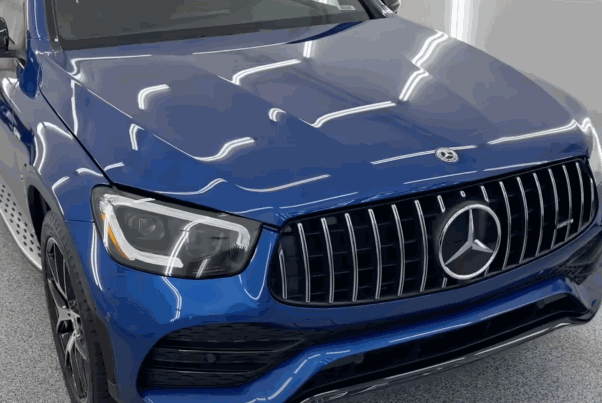
One of the most common questions we get at A-Plus Tint is, “How exactly is ceramic coating applied?” Here’s what you can expect when you trust a professional team:
Step 1: Wash and Decontamination
We start with a deep clean to strip away waxes, oils, dirt, and road grime. This includes clay bar treatment to pull out embedded contaminants from the clear coat.
Step 2: Paint Correction (If Needed)
If there are swirl marks, oxidation, or fine scratches, we correct them before moving forward. Ceramic coating locks in whatever is underneath—so perfection matters here.
Step 3: Ceramic Coating Application
Once the surface is flawless, the ceramic coating application begins. It’s carefully applied by hand in sections, allowing time to bond and flash before buffing.
Step 4: Curing Time
Depending on the formula, it may need 12 to 24 hours indoors, away from moisture. Some coatings require infrared curing for maximum hardness.
Pro tip from our team: DIY kits skip critical steps like paint correction or controlled curing. That’s why a pro application always lasts longer and looks better.
Common Myths About Ceramic Coating
Let’s clear up a few things we hear all the time:
“Ceramic coating makes your car scratch-proof.”
Not exactly. It’s scratch-resistant, especially against minor swirls and scuffs. But it won’t stop door dings or a runaway shopping cart in a Columbia parking lot.
“You never have to wash your car again.”
We wish! While dirt doesn’t stick as easily, ceramic coating doesn’t make your car maintenance-free. You’ll still want to wash it—just less often, and with less effort.
“It’s just an expensive wax.”
This one couldn’t be more off. Wax lasts a few weeks. Ceramic coating can last years. It chemically bonds to your clear coat, which wax can’t do. Plus, it resists heat, UV rays, chemicals, and more. Think of ceramic coating as a long-term investment, not a quick shine.
Final Thoughts: Is Ceramic Coating Worth It in Maryland?
From snowy highways to sunny coastal drives, Maryland weather is tough on cars. Ceramic coating offers an advanced layer of defense that keeps your vehicle looking sharp and protected, year-round.
We’ve seen the results firsthand—both on our own cars and our clients’. If you’re curious whether it’s the right fit for your vehicle,
feel free to reach out to us for a free consultation and quote. We’re always happy to explain more, walk you through the process, or just talk shop.
A-Plus Tint & PPF
5.0 ⭐⭐⭐⭐⭐ 828 Google reviews
Window tinting service in Maryland



